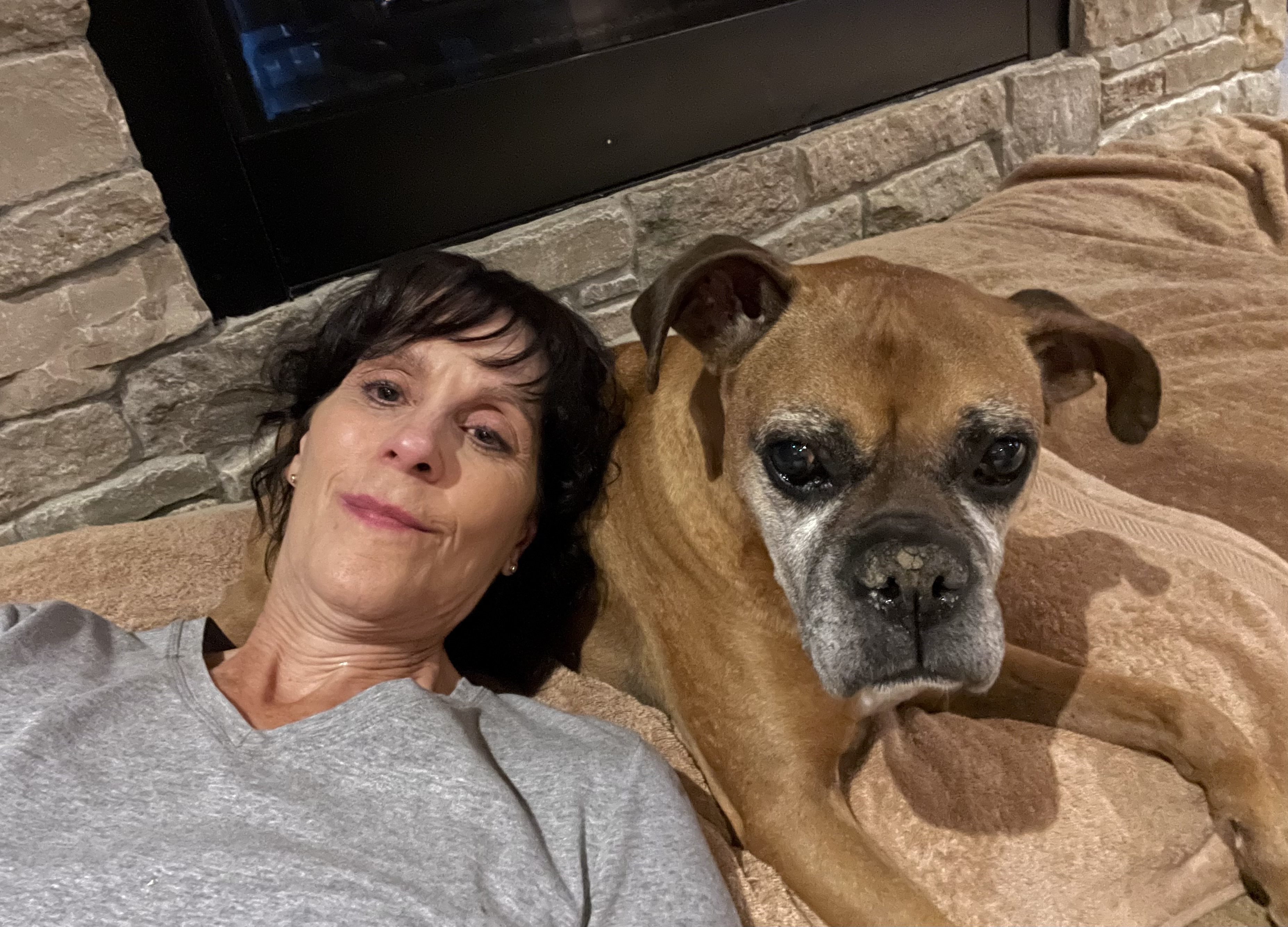Some days I sit and cry for no apparent reason. Others are not so difficult. But I still can’t talk about him without crying. I’m crying right now as I type this.
My heart still breaks when I think about him. Some may say, “he’s just a dog.” But, trust me, I’ve never had “just a dog.”
Not long ago, we had to say goodbye to Copper. He was a rescue dog we’d had for nine years or so. He was as much a gift to us as we were to him. But unfortunately, he had degenerative myelopathy, a horrible, incurable disease.
Enough of the back story. Let’s talk about my losing my mojo and how I’m getting it back.
Once we lost Copper, nothing else seemed to matter; I just wallowed in sadness. For those of you that aren’t close to your pets, you won’t get it; for those of you that consider pets a part of the family, you will.
Anyway, I lost my mojo. I failed to see the importance of essential things. I lost my drive. I started focusing on easy, non-critical tasks. Lots of things just didn’t seem to matter. Well, that can only go on so long before things start to fall apart and something has to change.
When I touched base with my accountability partner, I acknowledged that I’d been coasting for a while and needed a swift kick in the rear to get back on track.
What can you do to get your mojo back when you’ve lost it?
- Acknowledge and respect the event that caused the change. Give yourself permission to change your behavior for a while. We can’t be at 100% all the time. There are times we are just tired, fed up, frustrated, sad, angry . . . whatever. Once the trigger is identified and acknowledged, it somehow loses some of its power.
- Acknowledge and respect the emotions. Ignoring emotions affects our mental or physical health.
- Decide that “enough is enough.” Most of us can’t coast forever. Our families deserve more. Our business can’t support it. Take that first step toward change, no matter how small it may be.
- Make a list of things that need to be done. Fortunately, and most importantly, my personal life was in pretty good shape, but I was way behind with business responsibilities. There were just some things that NEEDED to be done to get back on track.
- Use an accountability partner to help keep you motivated. I’m fortunate to have a fantastic coaching partner that let me talk through the process and helped me determine my next steps to get on track. It’s nice to have someone besides myself that’s interested in my success.
Yesterday I was pretty down on myself. Today, I feel like a new person.
Motivated. Encouraged. Successful. Empowered.
It was not an easy transition, but I made it. And if you find yourself in the same place, you can get your mojo back too!
Cindy Jobs, PCAC, ACC
Looking for more information?
Click here for ADHD-friendly Time Management Tools
Click here to schedule a complimentary breakthrough session.
For more helpful information, follow me on Facebook.







